Machines Of Physics: Photographer Makes Atom-Smashers Into Artworks [PHOTOS]
There's a curious visual contrast in theoretical physics, which uses some very big machines to look at some of the smallest pieces of matter. Sadly, these grand machines are often built away from the public eye. But New York City-based photographer Stanley Greenberg has been photographing atom-smashers and other massive machines used in physics experiments for the past several years. The photos are collected in his book, "Time Machines."
This fall, 36 of Greenberg's "Time Machines" photos will be on display at the Massachusetts Institute of Technology Museum's Kurtz Gallery for Photography in Cambridge, Mass. The exhibition runs from Sept. 13 to March 30, 2014. Here's a small preview:
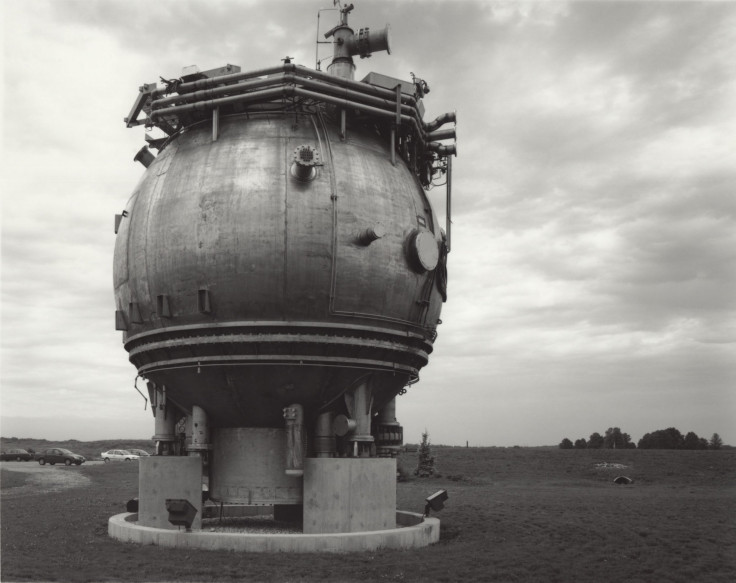
Greenberg says he's been interested in science for as long as he can remember. In childhood, the photographer collected insects and worked at the Brooklyn Botanic Garden. He attended Stuyvesant High School, a science school in New York City. Nowadays, when he’s not clambering into tunnels or particle accelerators, he enjoys bird-watching.
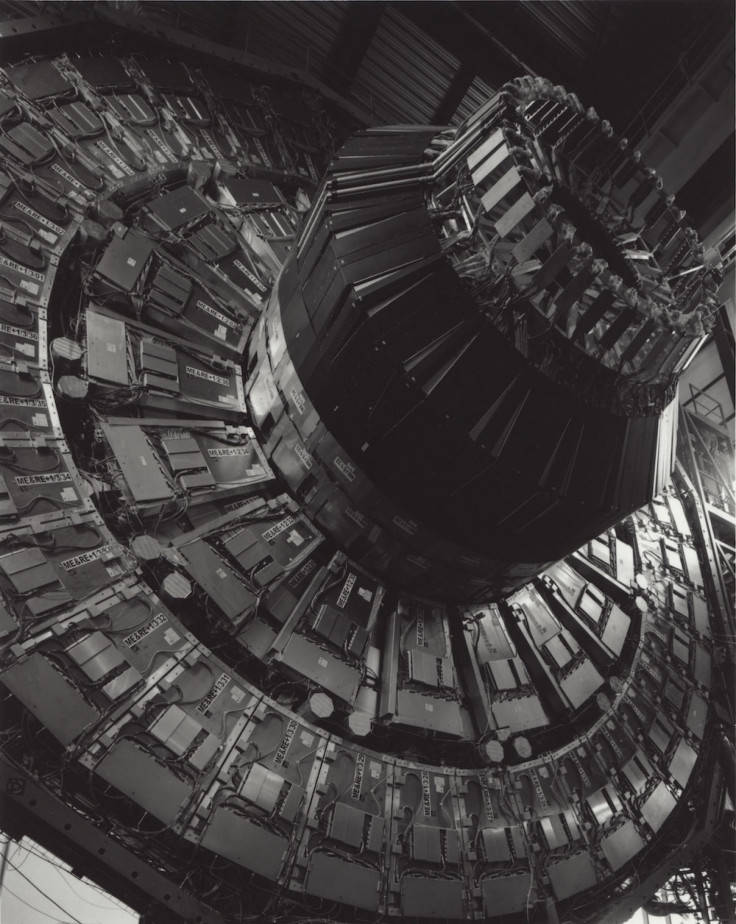
“There's so much I don't know, and I never know what subject will be the next one,” Greenberg says.
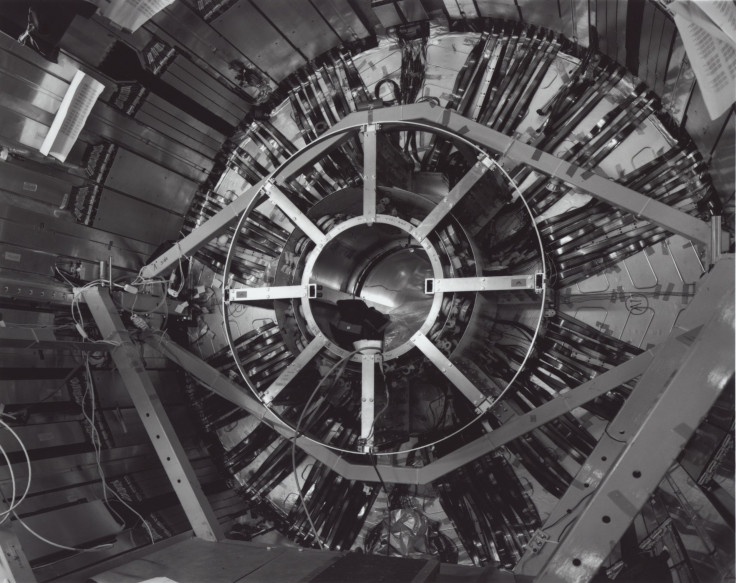
After he visited physics laboratories, Greenberg worked on an offshoot of the project, photographing massive telescopes in the southwestern U.S. and Hawaii. He says he'd like to make that series of photos into another book.
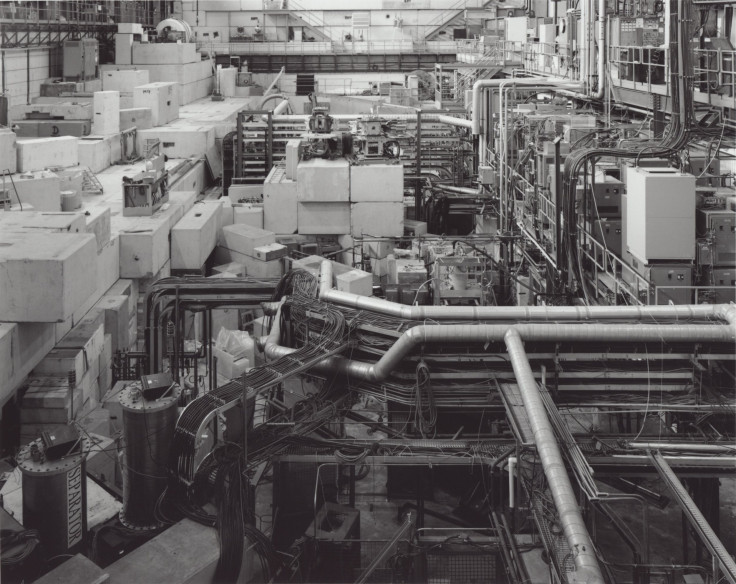
Greenberg uses a 4 x 5 camera and a variety of lenses in his work. The photos on display at the MIT Museum were shot on black and white film, with no filters used.
“The camera allows me to correct for perspective and the lens variety is essential for working in many different types of spaces, from very tight to very large,” he says. “The long exposures also let me photograph with great depth-of-field.”
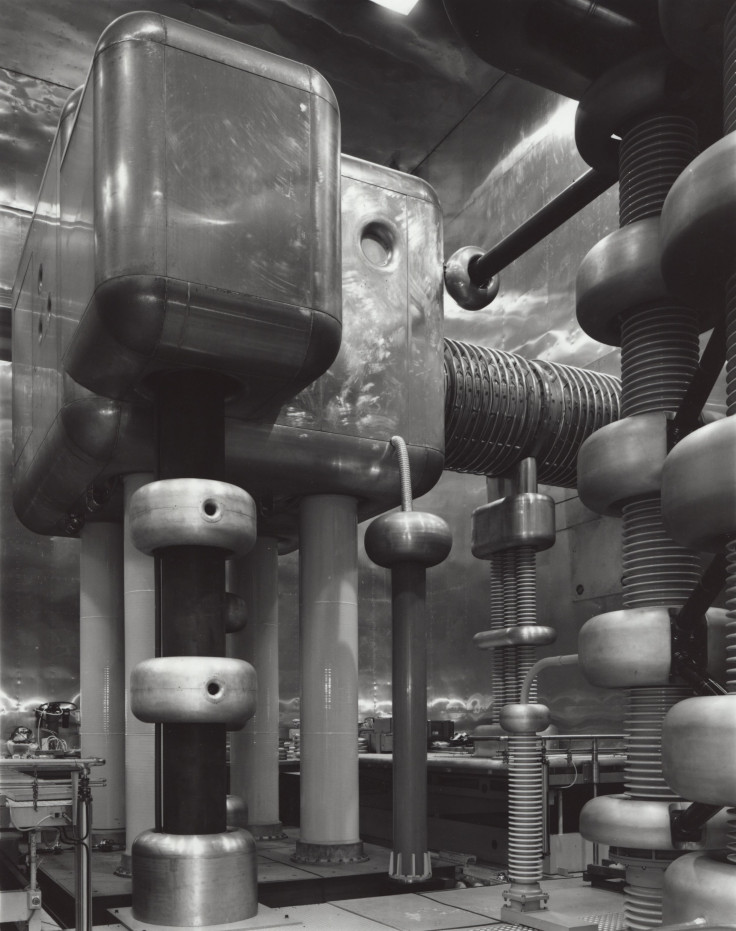
"Last year I walked every block of Manhattan to try to understand it better, and it completely changed the way I work," Greenberg says. "I'm assembling and editing those photographs now. I've also been walking the neighborhoods around Jamaica Bay in New York and will continue that project for awhile. I suspect that the next few projects will be about cities, but I'm not sure yet what they will be.”
"Time Machines" furthers a common theme in Greenberg's work: examining the underlying architecture of environments, be they buildings, cities or the natural world.
"I want to know how things (from infrastructure to the universe) work and want to engage the public in my explorations," Greenberg says.
© Copyright IBTimes 2024. All rights reserved.











